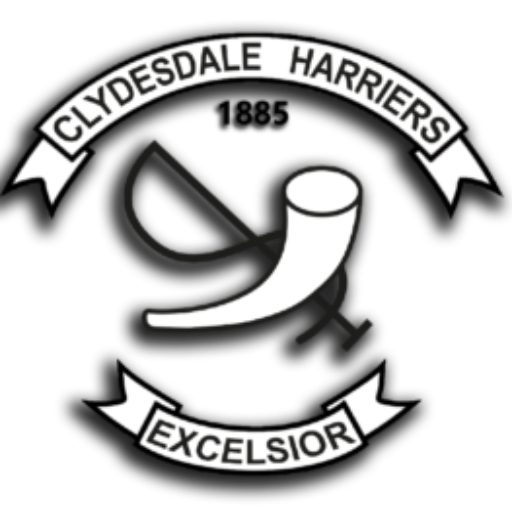Benefits of club membership
Up until the early 90’s, runners could run for a year ‘unattached’ after which they had to join a club to be able to take part in SAAA or SCCU events. It was a good system and supported clubs and assisted in recruitment. The athlete could, if he or she so desired, run for a year and then decide what local club to join.
The advantages of club membership were numerous. John Hume, quoted on the last post, was a reluctant joiner to start with, but later said, “It was the best thing that could have happened to me. I met some great men who took time to encourage me and coach me on fundamentals. They were Dan MacDonald, Jim Shields, George White, Davy Bowman and later Bobby Boyd. I can say that they all had an influence on me.” A runner with Shettleston Harriers at the time was adamant that at every club you would go along to the track and see the older runners passing on training hints, stories about other harriers from years past and club traditions were handed down from generation to generation.
Every club had its own ‘home’ and that is still the case with most clubs. In some cases, more often south of the Border, tracks will have a sign on the clubhouse saying ‘The Home Of …’ in plain view.
There was also a great social life in the Harriers. The annual presentation was a great focal point of the winter season. It was adults only, all the club trophies were polished and shining on a table before or beside the top table, there was invariably a band after the formal dinner and the speeches. There was a glittering array of prizes for presentation and these were often commented on by the guest of honour. The younger members had their own presentation in the Committee Room of the Bruce Street Baths with soft drinks and nibbles on offer.
Another of the benefits of being a club member was that although you had to pay an annual subscription, unlike some other sports where you have to pay a joining fee as well as an annual subscription.
In the course of the year the club had teams in all the events and often enough the post-race was a great gathering whether it was a group or four who met at least once a month after the Saturday race in the Whitehall Restaurant in Glasgow or the much less organised ‘ceilidh’ in Pat’s or Frank’s house. Then there was the club organisation. The committee meeting was well organised along traditional lines. There was an encouragement to non-committee members to come along – any non-committee member could come along, even speak, but not vote on anything that required a vote. Derek McGinley, boys’ coach at the time, encouraged his athletes to come to committee meetings and see how they were run We learned how to conduct a meeting, how to contribute to a meeting and what was acceptable.
Being a Harrier was a learning and social experience rolled into one.
